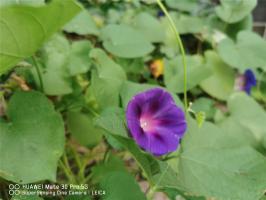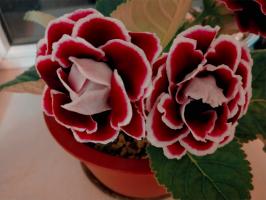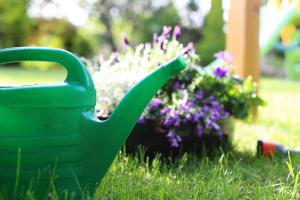Michigan's Planting Zones
Michigan is a state located in the Great Lakes region of the United States. It has a diverse climate with varying temperatures and precipitation levels throughout the year. The state is divided into different planting zones to help gardeners and farmers understand which plants will grow best in their area. Let's take a closer look at the different planting zones in Michigan.
Planting Zone Map
The United States Department of Agriculture (USDA) has developed a map that divides North America into different planting zones. This map is based on the minimum temperature during the winter months. The colder the minimum temperature, the higher the zone number. In Michigan, the planting zones range from Zone 3a to Zone 6a.
Zone 3a is located in the northern part of Michigan, where winter temperatures can drop as low as -40掳F. This zone is best for growing plants that can withstand extreme cold, such as coniferous trees and shrubs. Zone 6a is located in the southern part of Michigan, where winter temperatures rarely drop below -10掳F. This zone is best for growing a wide variety of plants, including fruits, vegetables, and flowers.
Michigan's Planting Zones
These are the different planting zones in Michigan:
Zone 3a: This zone covers the Upper Peninsula of Michigan and northern parts of the Lower Peninsula. It experiences extremely cold winters, so plants that can tolerate extremely cold temperatures are recommended. Some plants that can thrive in this area include juniper, arborvitae, and spruce trees.
Zone 4a: This zone covers parts of the Lower Peninsula, including the southern parts of the Upper Peninsula. Winter temperatures can drop as low as -30掳F, making this zone suitable for plants that can tolerate cold temperatures. Some plants that can grow well in this area include Japanese maple, lilac, and holly.
Zone 5a: This zone covers larger parts of the Lower Peninsula, including cities like Lansing and Flint. Winter temperatures can drop to -20掳F, making this zone suitable for plants that can tolerate cold temperatures but not extreme cold. Some plants that can grow well in this area include blueberries, peonies, and daylilies.
Zone 6a: This zone covers the southernmost parts of Michigan, including cities like Ann Arbor and Detroit. Winters are relatively mild, with temperatures rarely dropping below -10掳F. A wide variety of plants can grow well in this area, including roses, tomatoes, and petunias.
Conclusion
Michigan has a diverse range of climates that can affect which plants will thrive in the area. Through understanding the different planting zones, gardeners and farmers can select plants that are best suited to the climate in their specific location. Whether you live in the colder northern parts of Michigan or the milder southern areas, there are many plants that will grow well in your garden or farm.

 how many times do yo...
how many times do yo... how many planted tre...
how many planted tre... how many pine trees ...
how many pine trees ... how many pecan trees...
how many pecan trees... how many plants comp...
how many plants comp... how many plants can ...
how many plants can ... how many plants and ...
how many plants and ... how many pepper plan...
how many pepper plan...































